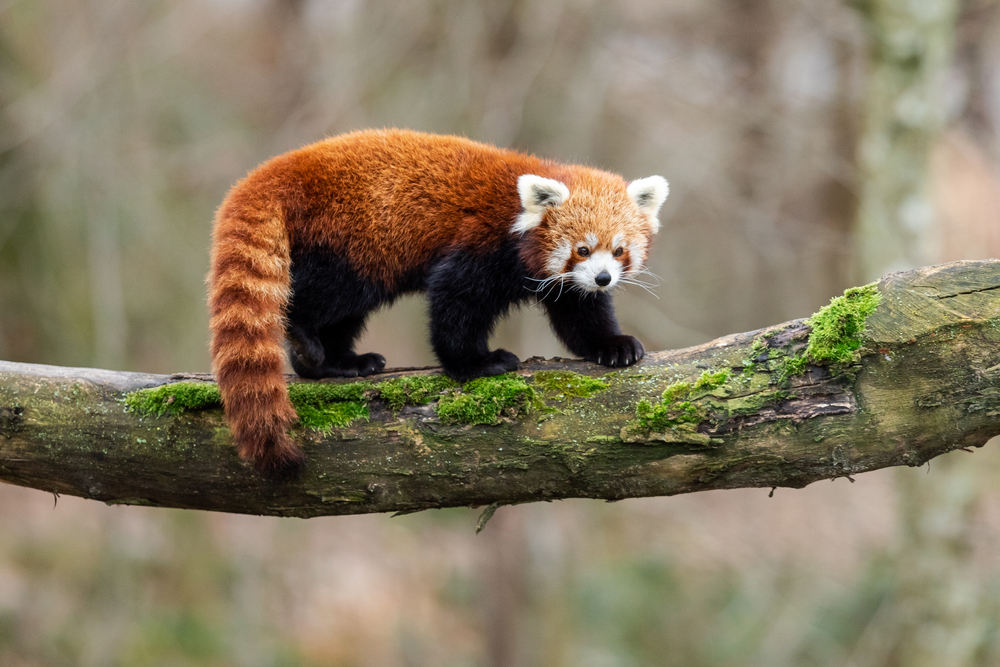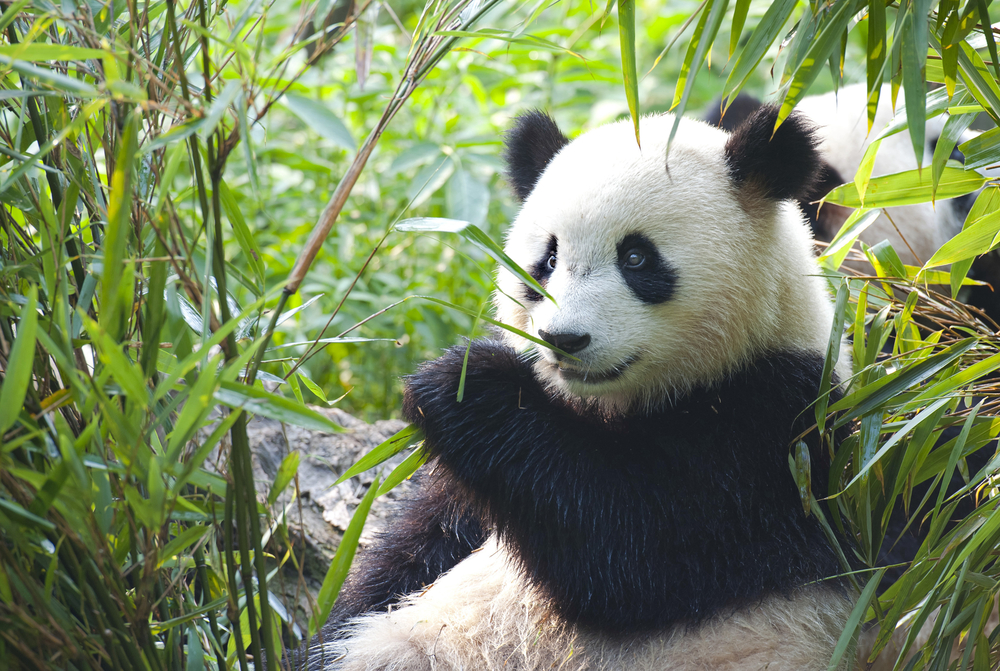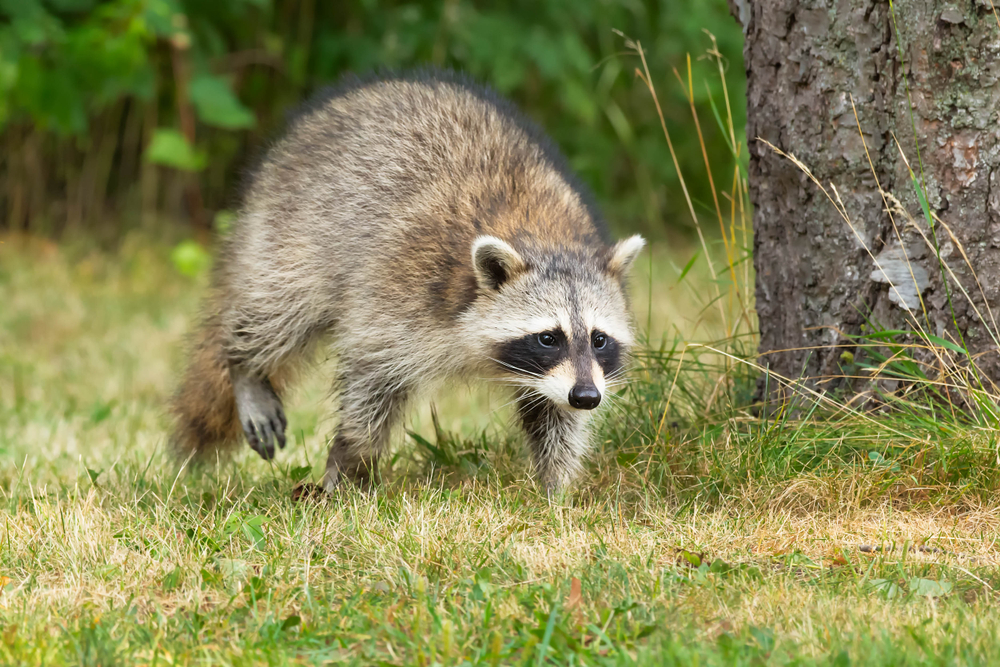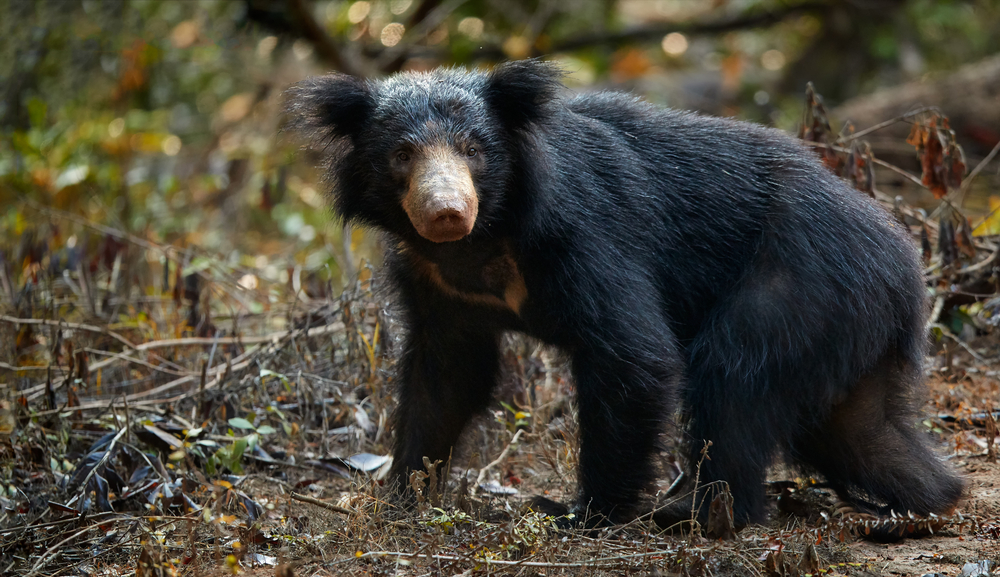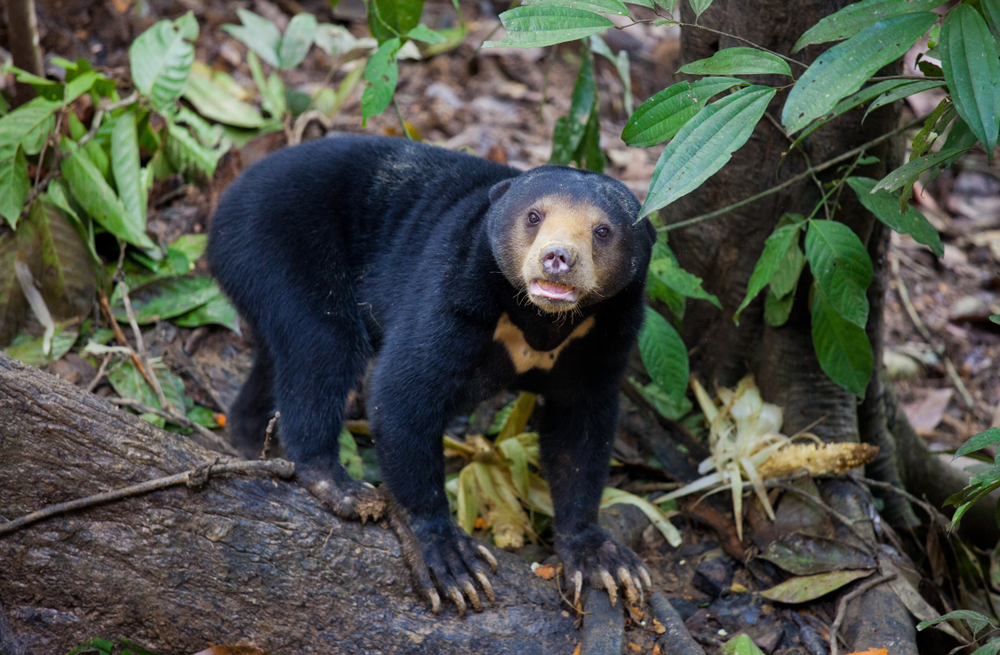About
#Carnivores
#Mammals
The Red panda (Ailurus fulgens) is a charismatic and elusive mammal native to the temperate forests of the Himalayas and high mountain ranges of China, Nepal, Bhutan, India, and northern Myanmar. Though it shares a name and bamboo diet with the giant panda, the red panda is not closely related; instead, it belongs to its own unique family, Ailuridae. With its reddish-brown fur, bushy ringed tail, and expressive face, the red panda is well adapted for a life in the treetops.
Roughly the size of a domestic cat, red pandas measure about 50–65 cm (20–26 inches) in body length, with tails nearly as long as their bodies to aid in balance and warmth. They are primarily crepuscular and nocturnal, spending daylight hours curled up in tree hollows or on branches. Their semi-retractable claws and flexible ankles make them agile climbers—essential for evading predators and foraging.
Bamboo makes up the bulk of their diet, though they also eat fruits, acorns, roots, eggs, and small insects. Red pandas are generally solitary, coming together only during mating season. Females give birth to one to four cubs, which remain dependent on their mothers for several months.
The red panda faces serious threats from habitat fragmentation, deforestation, poaching, and inbreeding due to isolated populations. It is classified as Endangered by the International Union for Conservation of Nature (IUCN), with fewer than 10,000 individuals estimated to remain in the wild.
Conservation programs aim to protect remaining habitats, establish wildlife corridors, and educate local communities. The red panda is also a global ambassador for conservation, widely loved in zoos and protected areas around the world.
Threatened:
Extinct
Critically Endangered
Endangered
Vulnerable
Near Threatened
Least Concern




































































